Accelerating Growth: How to Increase Users and Revenue During the Traction Stage of Your Startup
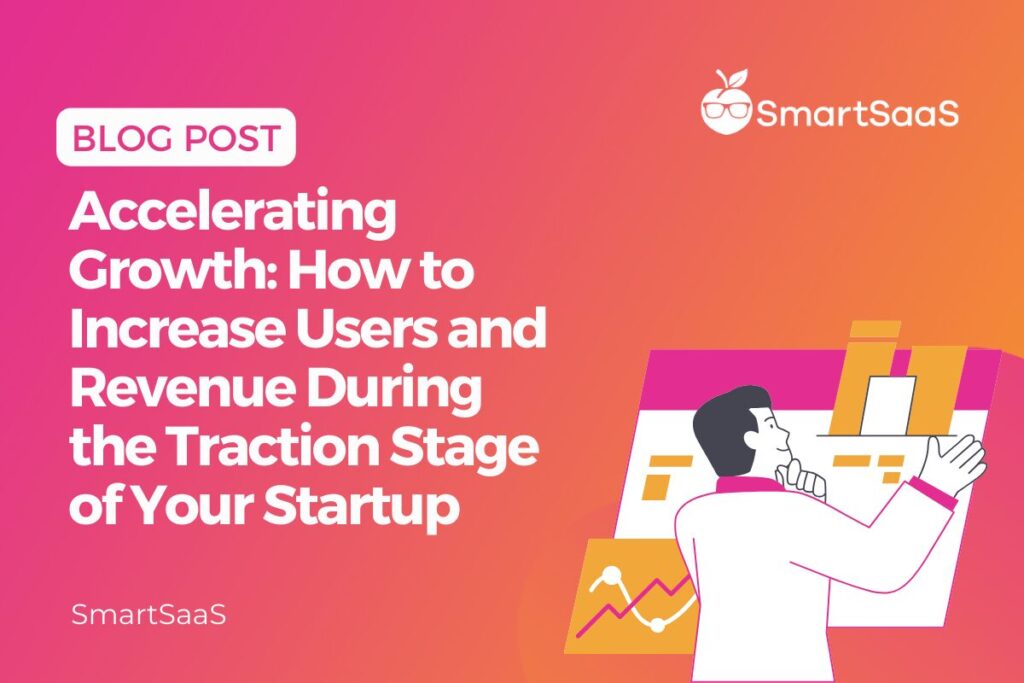
In the five stages of the startup journey, of the Traction Stage is a time of growth. During this stage, sales are becoming more repeatable and predictable, and you’re putting processes in place across your organization that will ultimately help you scale.
Demonstrating traction is pivotal because it can help companies to secure funding, recruit employees, acquire customers, and see meaningful revenue growth. In this blog post, we will dive into this phase of growth, its significance, and the ways in which startups can achieve it. Continue reading to uncover the strategies and best practices that can guide your startup from the MVP and discovery phase to traction.
What Traction Means
Traction refers to the rate at which a product gains new users and revenue. The primary metrics startups aim to improve in the Traction Stage include number of users, ARR/MRR, ARR or MRR growth rate, conversion rates, engagement levels, and other relevant KPIs.
Traction validates that a startup’s offering fulfills a real market need. It is a clear signal that the business has long-term viability.
Some examples of solid traction include:
- ARR growing >100% per year
- Monthly active users growing 10% per week
- Sales bookings doubling each quarter
- Improving engagement metrics like session length
You might be interested in this blog post: The 5 Key Stages Of The Startup Journey
How to Achieve Traction For Your Business
Key Actions to Take
You know that you’re in the Traction Stage when you feel really comfortable selling into your customers and are confident you understand why they buy and what they need to be successful. At this point, you’re also beginning to close cold customers, which means you’re getting closer to product-market-fit. Once you beginning doing these things well, it’s crucial you do the following:
- Follow through on all roadmap promises (and roadmap promises should be fairly similar across customers)
- Never take your foot off the pedal when it comes to customer success. Don’t prioritize growth at the expense of churn!
- Double down on what’s working – prioritize customers with the same buyer persona
- Update your collateral (positioning, brochures, cold outreach copy, website, etc.) based on learnings from first customers
- Start developing your lead gen, sales, and customer success processes
Refining Product-Market Fit
Another important component during this stage is ensuring your product-market fit mentality never stops. This means continually improving the product to meet target customers’ needs through experimentation and feedback loops.
Here are some ways to enhance your feedback loops:
- Employ a team dedicated to proactively seeking feedback through surveys and interviews.
- Send out brief polls or questionnaires via email or Slack periodically. These help quantify satisfaction at essential touchpoints.
- Monitor social platforms where customers mention the company. This provides a pulse on sentiment and emerging issues.
- Use CRMs and analytics to get behavioral data on how customers utilize products. This reveals opportunities to optimize journeys.
- Host focus groups for candid qualitative feedback. Compensate participants for their time and insights.
- Incentivize customers to leave reviews on industry sites. This builds social proof and credibility.
- Feed insights directly to product teams to inform developments and new features.
- Have a workflow for rapidly incorporating feedback into iterations.
- Train customer-facing staff like support and account managers to gather feedback in every interaction.
- Communicate how feedback is actively used to enhance the customer experience.
Listening to users and continuously optimizing based on actual data is the best way to provide maximum value to your PMF and earn customer loyalty.
Focusing On Growth
Once confidently in the Traction Stage, successful businesses turn their focus to growth, and aquiring objective customers. Some key growth tactics include:
- Improving website conversion rates – This involves optimizing landing pages, checkouts and flows using A/B testing and heat mapping. The aim is to maximize conversion at each step.
- Building referral programs – Offer incentives for sharing and referrals. Integrate referral links and amplify through messaging. Make referral viral loops a core growth driver.
- Search engine optimization (SEO) – Improve keyword targeting, site speed, mobile optimization and content marketing. Ranking higher in organic search can be a major source of users.
- Paid advertising – Launch Google, Facebook, LinkedIn and Instagram campaigns tailored to the ideal customer. Double down on the highest converting formats and placements.
- Retargeting campaigns – Remarket to site visitors through ads across the web. Bring back “lost” prospects with special offers.
- Content marketing – Create blogs, guides, videos, etc., that attract and engage potential users. Use content to demonstrate expertise.
- Funnel optimization – Identify and eliminate friction points or leaks across the user journey from awareness to purchase and onboarding.
Executing a diverse mix of growth initiatives creates synergies and compounds results. Testing and continually optimizing each strategy removes friction and systematically unlocks growth.
Traction Goals and Milestones
Startups should establish concrete quantitative goals for key traction metrics. All SaaS startups should try and hit these key milestones:
- ARR $1- $2.5M+
- ARR growing >100% a year
Beyond the targets above, other goals will vary based on industry, business model, and stage of the company. Some examples of additional traction goals include:
- 100,000 monthly active users – This provides a sizable audience to retain and monetize.
- 7% conversion rate from free to paid plans – This conversion benchmark reflects strong product-market fit.
- 40% month-over-month growth in engaged email subscribers – This shows how strong your sales and marketing techniques are.
Startups should track progress against traction goals each week or month. Hitting targets consistently demonstrates “hockey stick” growth potential to investors. Reaching traction milestones unlocks raising larger funding rounds at higher valuations.
Traction Allows Scaling
Once a startup has achieved product-market fit and initial traction, this validated foundation eventualy enables initial scale, and then aggressive scaling. With this confirmation, startups can expand into new geographies, demographics, and vertical markets. The additional capital raised on the back of traction can be invested into initiatives to accelerate growth rapidly:
- Sales team expansion
- Increased marketing budgets
- New product development
- Customer support scaling
To Wrap Up
For every startup, one of the main objectives should be to secure product-market fit and gain initial traction. Traction is essential as it validates your hypotheses, draws in both talent and investment, and paves the way for sustainable growth and eventually scale.
Download Now:
-
5 Stages of the Startup Journey Infographic
-
Questions to Ask & Actions to Take During the Traction Stage

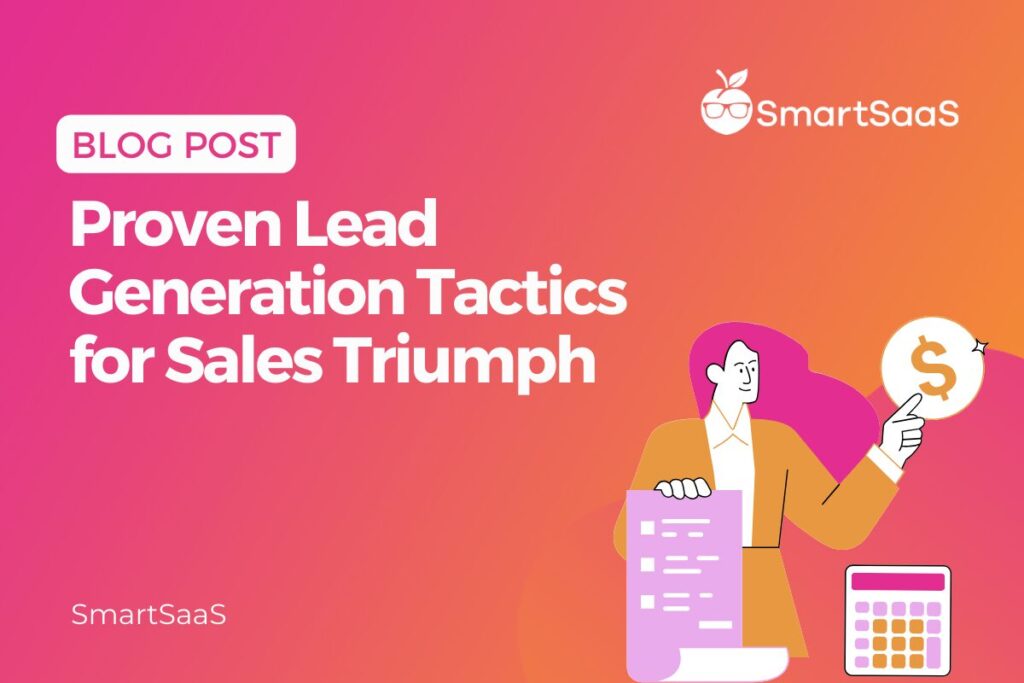
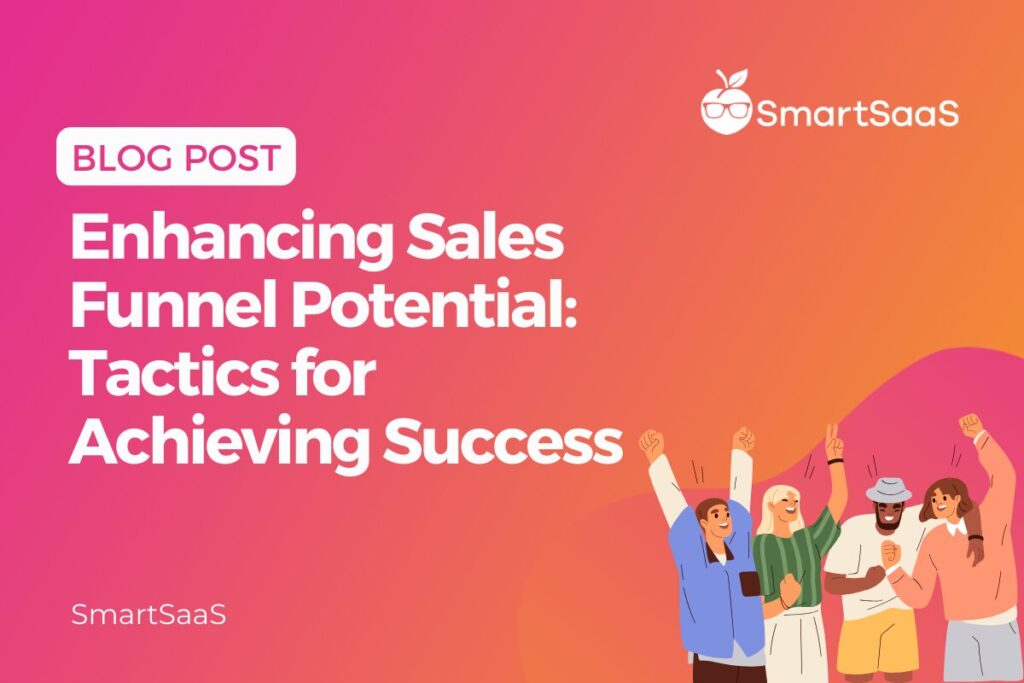
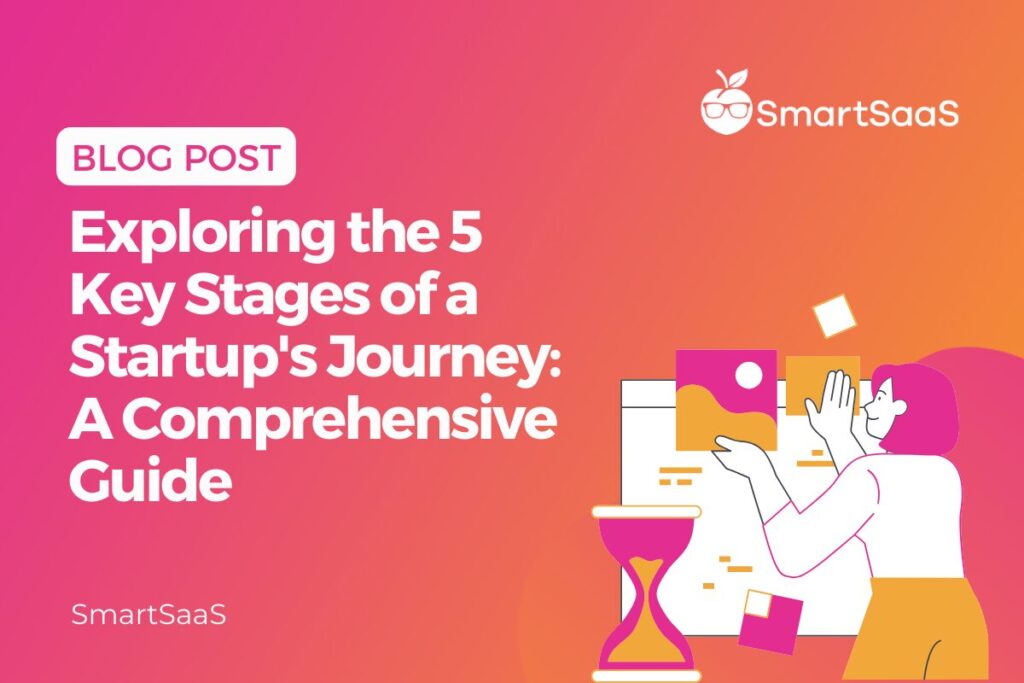
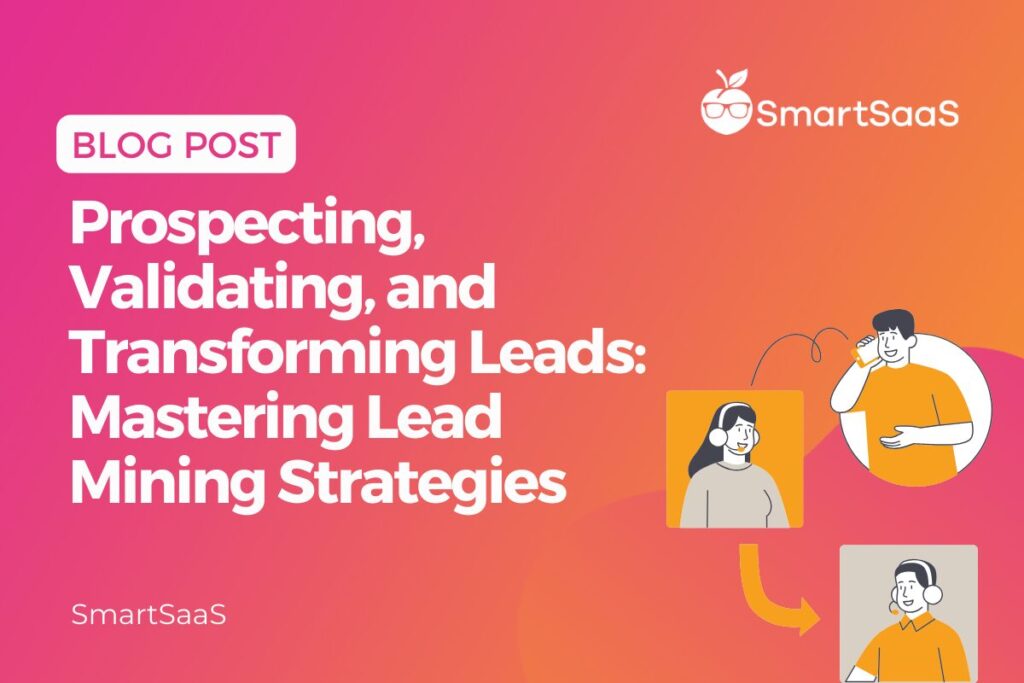
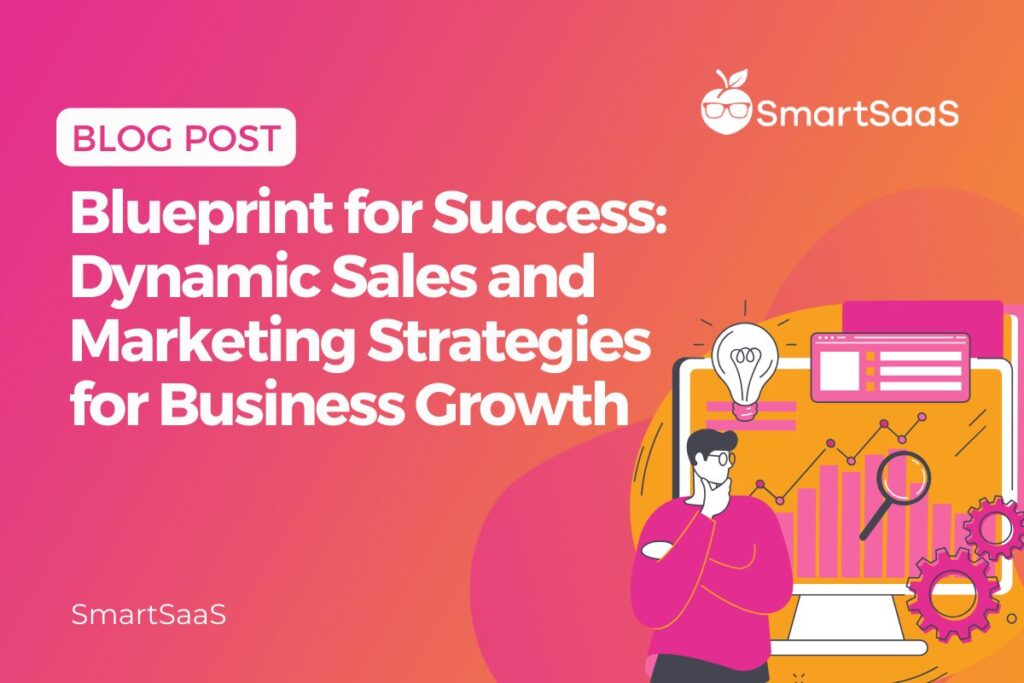
Responses